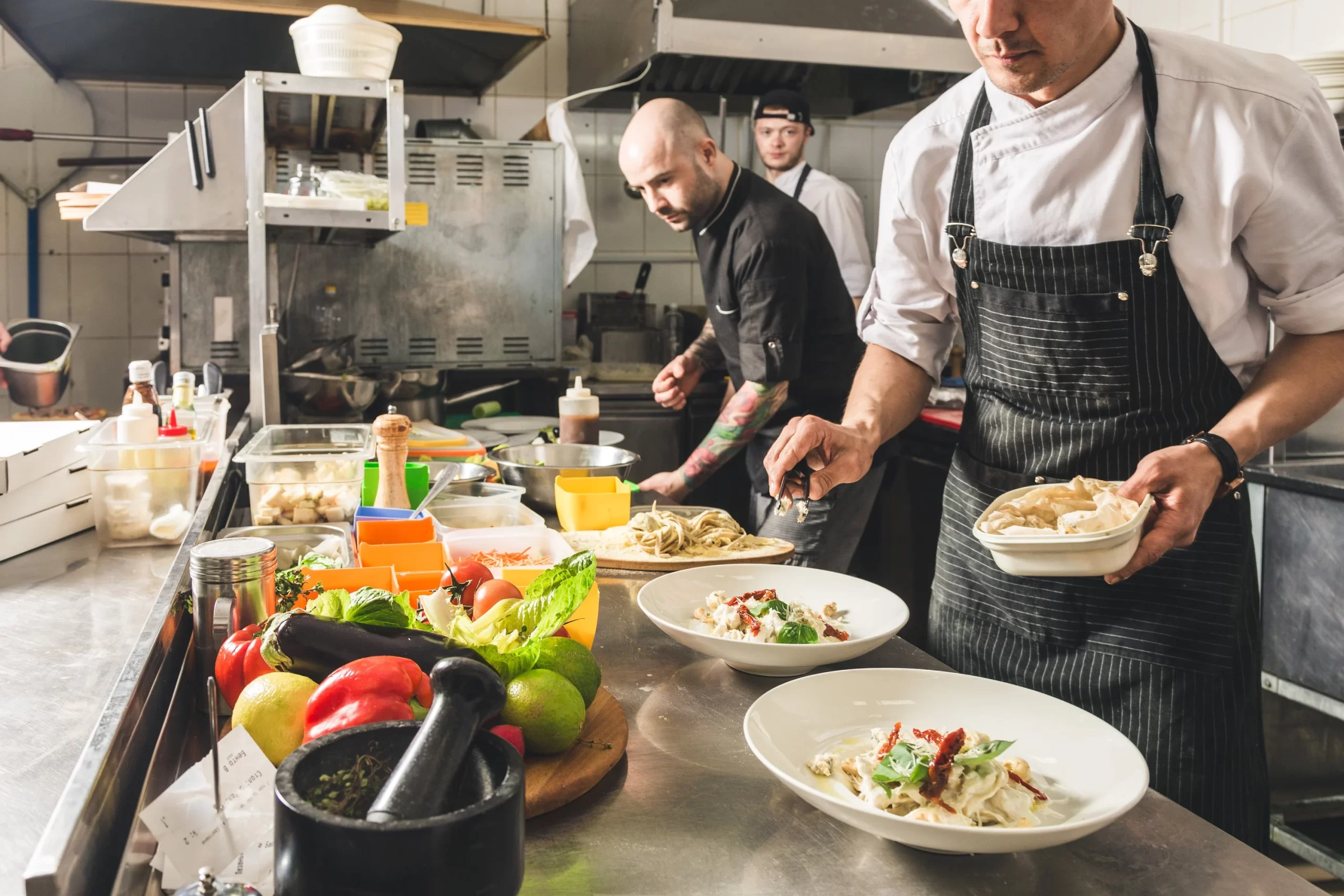Due to its high ROS (Return On Sales), the F&B industry (Food & Beverage Industry) seems to be facing a lot of competition.
Even those who have been in the market a few short years cannot be successful. If the company cannot establish its own identity, or manage activities within the restaurant chain efficiently, it is likely to be forced off the market.
How can restaurant owners effectively manage? Here is a list with tips on management of food and beverages. Do you want to know more? Let’s start the process.
Problems with F&B Chain Management
The management is under more pressure because of the size of the F&B chains. Some of the common challenges faced by managers who manage a chain food and beverage stores are:
- Management of staff: In a chain restaurant, the manager must know how many employees are at each location, their hours of work, and the efficiency with which they perform their duties. The management level will need to be able to handle a larger number of employees if the chain is large.
- Raw Materials and Merchandise Management: As the number of shops increases, managers must strengthen their control over the sources of raw materials and goods in order to fully supply the system. Managing the quality of raw materials and ensuring the best possible service for the customer is important.
- Financial Management: As in any business, achieving optimal financial balance should be a priority.
Management of revenue and expenses becomes more complex, so it is important to use a financial control method which can calculate quickly revenue, profit or loss.
8 Tips for Effective Food and Beverage Management
#1. Understanding Customers
Understanding customers is a key factor in any business, since they are the primary source of revenue. Three factors are traditionally important to customers: quality of product, service and price.
Chain restaurant managers should pay attention to food and drink quality to ensure that customers have a pleasant dining experience.
It is also important to consider the service provided by staff. The service staff should not only be neat, but also have a friendly attitude and provide a professional level of service. This will help to retain customers.
If you have a large percentage of loyal clients, your net profit will increase. According to a shared article on LinkedIn citing Invesp research, the cost of acquiring new customers is five times greater than retaining existing customers.
The average likelihood of selling to a current customer is 60-70% compared to 5-20% for a new one. Data shows that customers who are already loyal spend 31% extra.
The customer survey will also help supervisors to understand the current quality of service. The food chain can also understand the needs of customers and the trends in order to act quickly.
#2. Track Multiple Stores In One Place
You will have better control of data and reports if you manage multiple branches within a chain store on the same platform. You won’t need to check data from multiple resources.
You can search on one platform and get all the information that you need.
#3. Service Standards that are Consistent
The customers could enjoy the food at many different restaurants. Imagine how chaotic it would be to have each branch serve in a different manner.
This lack of consistency also has a negative impact on the customer’s experience. To effectively manage a restaurant chain, it is important to ensure consistency in the service and merchandise throughout the system.
How do you do it? Many restaurant chains use software management to ensure efficient operations.
#4. The Food Quality Is Consistent At All Branch Offices
Food quality is still an important factor to consider when running a chain of restaurants. Management personnel must pay attention to these issues to be able serve tasty dishes to diners:
- Raw material quality control: Fresh ingredients make food taste better. To ensure that a large quantity of food is available throughout the system, management must closely monitor both the amount of goods and supply to the chain of restaurants.
- Make sure each dish is tasty: You need to set standards for the same quality of food in all branches. You could use a uniform recipe across the system.
- Training for kitchen staff: You should also organize training sessions to update processing standards and ensure that the food is delicious and safe and hygienic.
If the restaurant only has one kitchen that delivers to all the branches, to maintain the same taste you’ll need to be careful about the management of the handover between stakeholders. - Creating the most appropriate menu for the customer: To provide the best service to customers, a chain restaurant must update its menu on a regular basis. Restaurants can introduce dishes that are hotter to cool down the diners on hot days. In the winter, however, the hot food will warm up the hearts of your diners.
#5. Consistent Design Across Restaurants
Consistent design makes it easier for customers to identify the branch they are at. You will have a different layout and space depending on the area of your store.
It is important to ensure that the design you choose reflects your brand style. If your restaurant chain specializes in Western food, then all of its branches should be themed around this theme.
You can use the same furniture types, such as tables, chairs, cabinets and so on, to create a uniform look.
#6. Building Professional Staff
The contribution of the employees determines whether restaurant operations are successful or not. Managers consider employee training to be very important.
Set up a professional process for training. You must create a comprehensive training program to run a restaurant chain smoothly. You will also have to prepare business documents.
To achieve the best results, you will need to conduct monthly or weekly training sessions that test employee expertise and knowledge. You are also advised to implement a transparent and clear reward and punishment scheme amongst the restaurants.
A clear program, regardless of the size of your restaurant, will encourage employees to be more diligent.
#7. Chain Stores: Regular Money Management
Restaurant owners will be able to better coordinate their chain activities with the financial balance.
You will therefore need to monitor sales and profits (weekly monthly and annually). It is also important to carefully calculate your import and operational costs.



